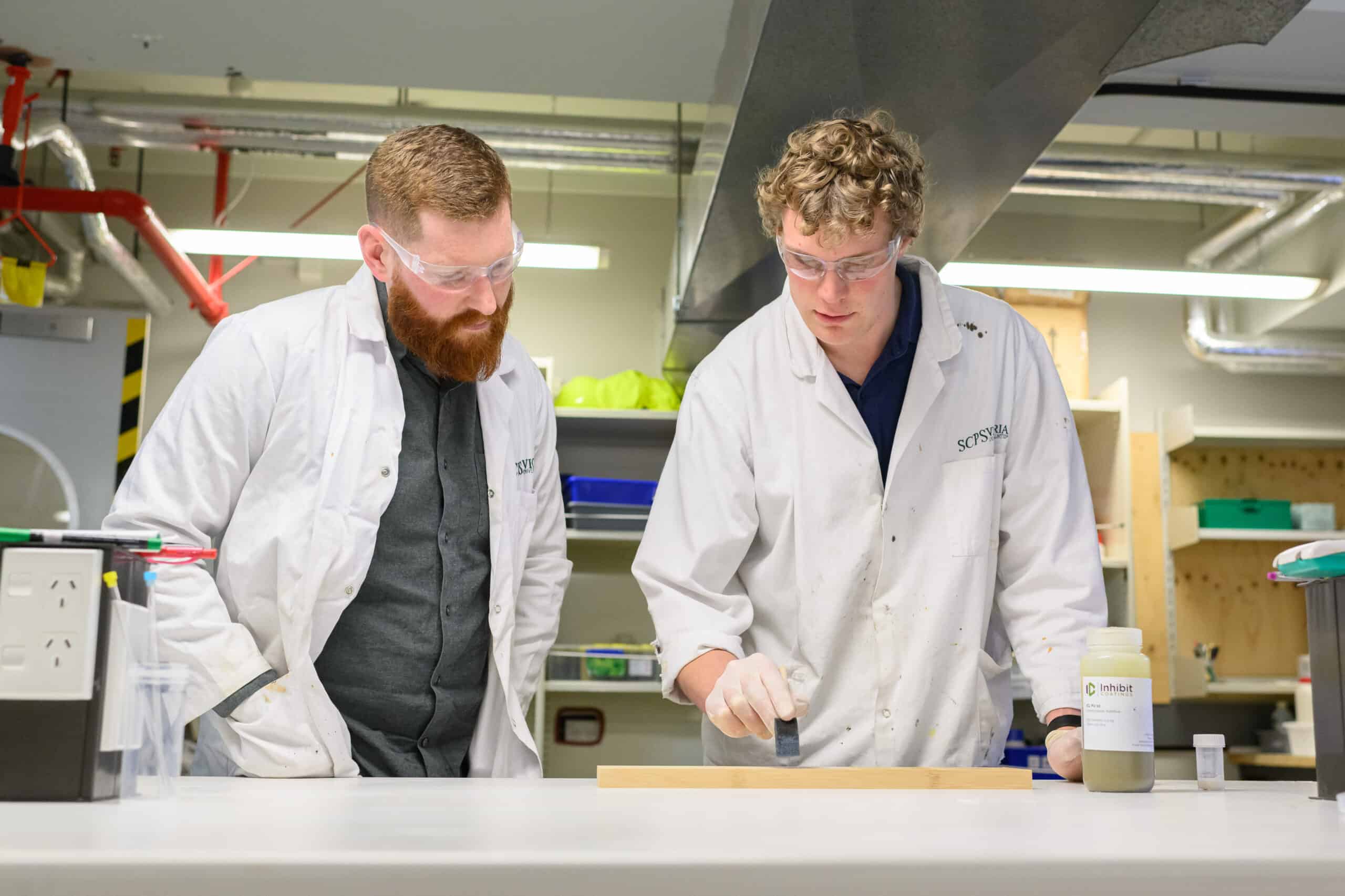Antimicrobial Medical Polymers
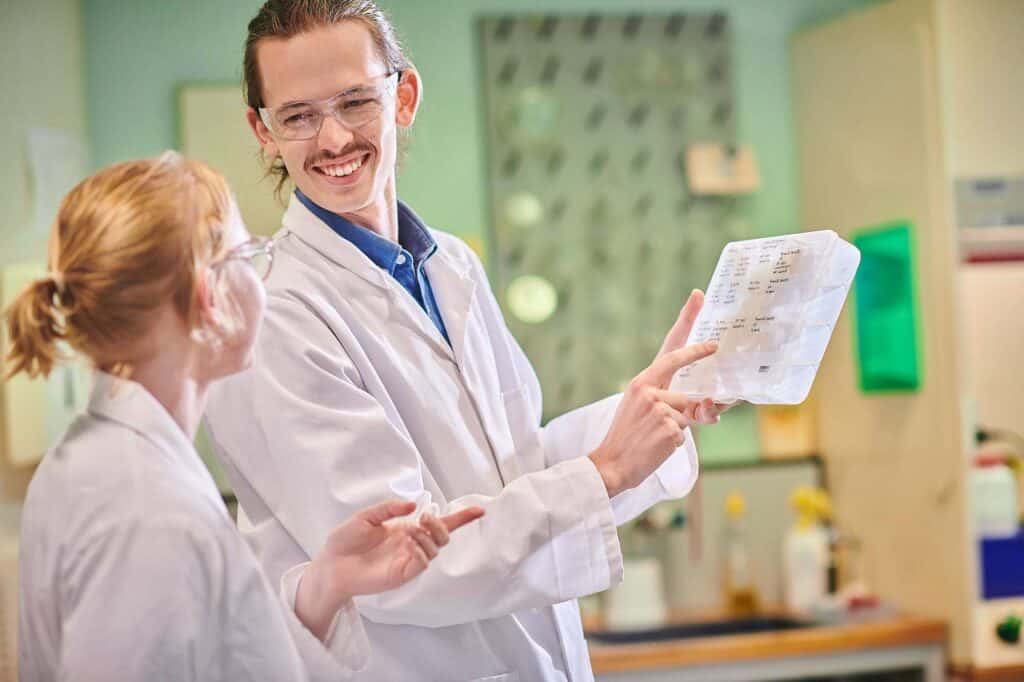
Antimicrobial Medical Devices
Medical devices in patient care present a direct route between the outside world and our inner body. Any contamination of the device accompanies it, providing opportunity for infection. Despite strict sterilization protocols, harmful pathogens can be introduced at any time. A second line of defense, antimicrobial medical devices have surface properties that eliminate pathogens, giving a longer period of protection.
Medical devices are manufactured from high-spec polymers, with a later option to add antimicrobial properties via coating means or other surface modifications. But what if instead we could give these properties to the polymer raw materials? This would make the entire device antimicrobial, even after abrasion of the surface, without requiring cumbersome coating steps.

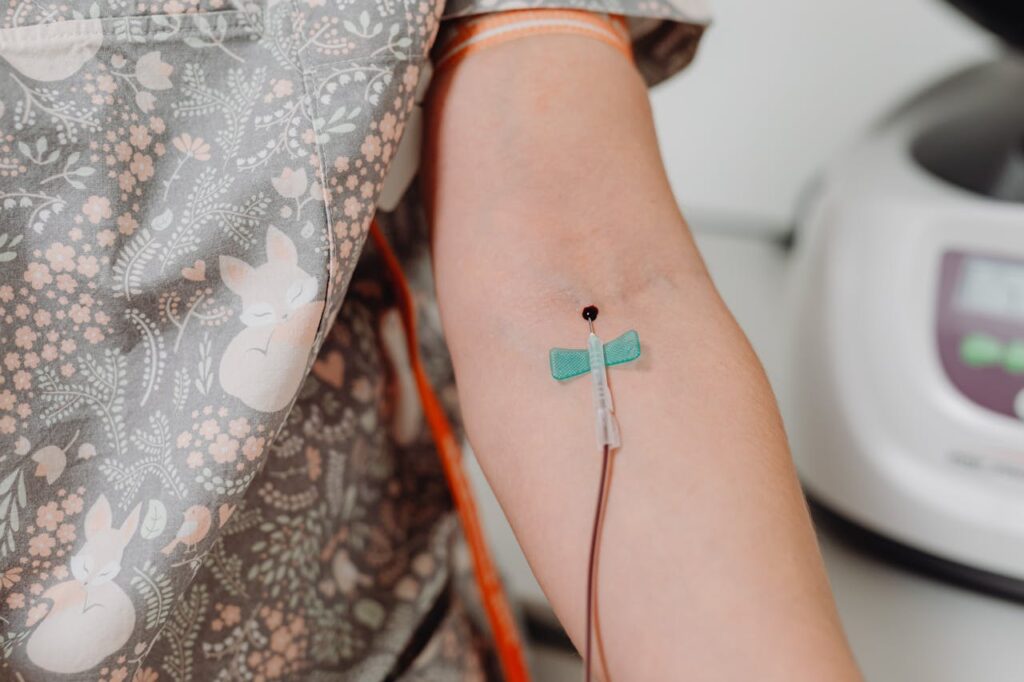

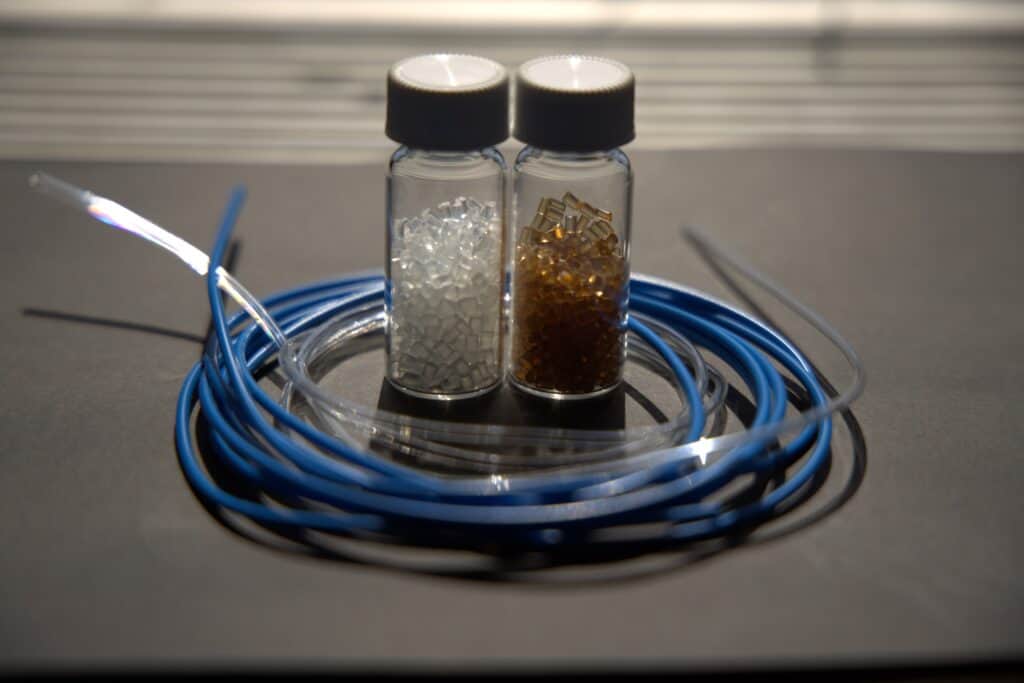
Our Antimicrobial Medical Polymers
Our silver-based antimicrobial technology is grown in-situ, in the process silver is irreversibly bound to a medical polymer. Then, the polymer is simply added in at the appropriate stage of the manufacturing process – resulting in dispersion of the active ingredient throughout the final material. It’s as simple as that.
With up to a log-5 (99.999%) reduction of infectious microorganisms, our method gives high levels of antimicrobial activity that last the lifetime of the device. Even better: silver is less likely than other active ingredients to promote antimicrobial resistance, while being highly effective against microbial strains that have developed this resistance.
Benefits of Antimicrobial Medical Polymers
Broad Compatibility
Compatible with an array of medical polymers that includes polyethers, polyesters, polyurethanes and polyamides
Seamless Integration into Manufacturing
Added in before the extrusion or molding stage; little change to the manufacturing process
Long-Lasting Protection
The antimicrobial agent is dispersed throughout the manufactured medical device component and does not leach out of the material, giving long-lasting protection
Minimal Material Impact
The inclusion of antimicrobial agents has little effect on the physical and chemical properties of the original polymer.
Cost-Effective Solution
A cheaper and more efficient route to antimicrobial medical devices

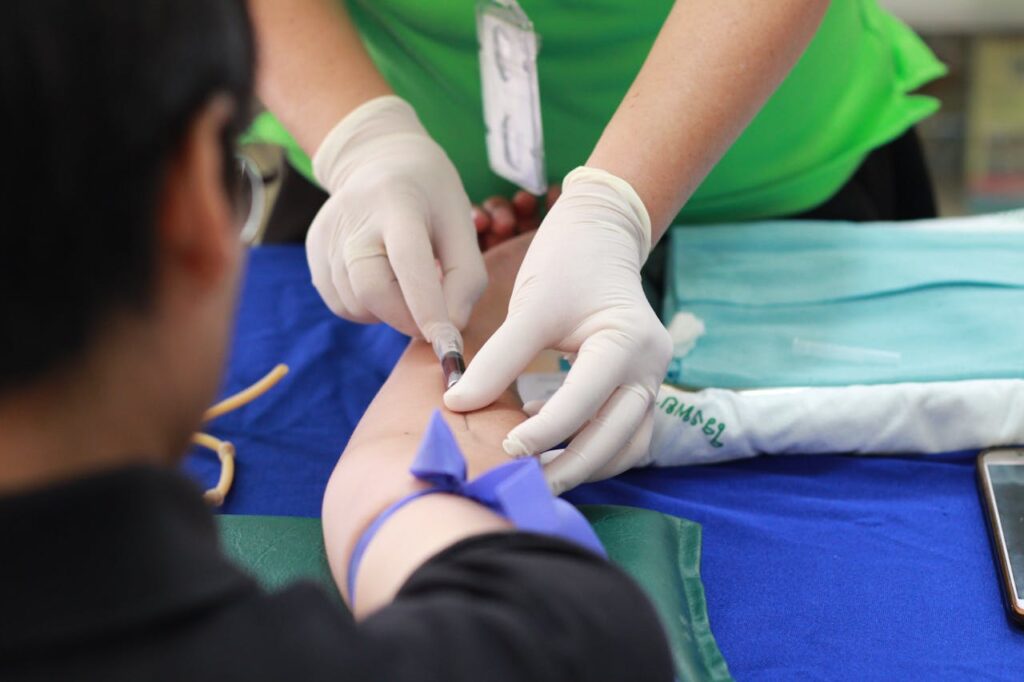
Improved Device Performance
The microbes that contaminate medical devices can also release chemicals that degrade the device material. As a result, device integrity, performance and longevity may be negatively impacted. When this happens, additional medical interventions might be required to repair or replace the device, introducing additional risk to the patient. Reducing these situations with antimicrobial materials leads to better physical, mental and financial health for all involved.
A Dire Need
Today’s world has people living longer and increasing numbers of available medical interventions. In the United States, 51.4 million inpatient surgery procedures are performed every year. All surgeries carry risk, especially from harmful pathogens we cannot see. As many as 15% of patients will develop an infection during their hospital stay, leading to almost 100,000 deaths annually. A significant percentage of these infections are considered preventable – for catheter-line associated bloodstream infections (CLABSIs) and catheter-associated urinary tract infections (CAUTIs) this number is as high as 65 – 70%. Additionally, the rise of antimicrobial-resistant superbugs makes many cases harder to treat – highlighting more than ever the need for preventative measures. Making antimicrobial medical devices the standard, rather than the exception, can help rewrite this story. To achieve this requires cost-saving innovations.

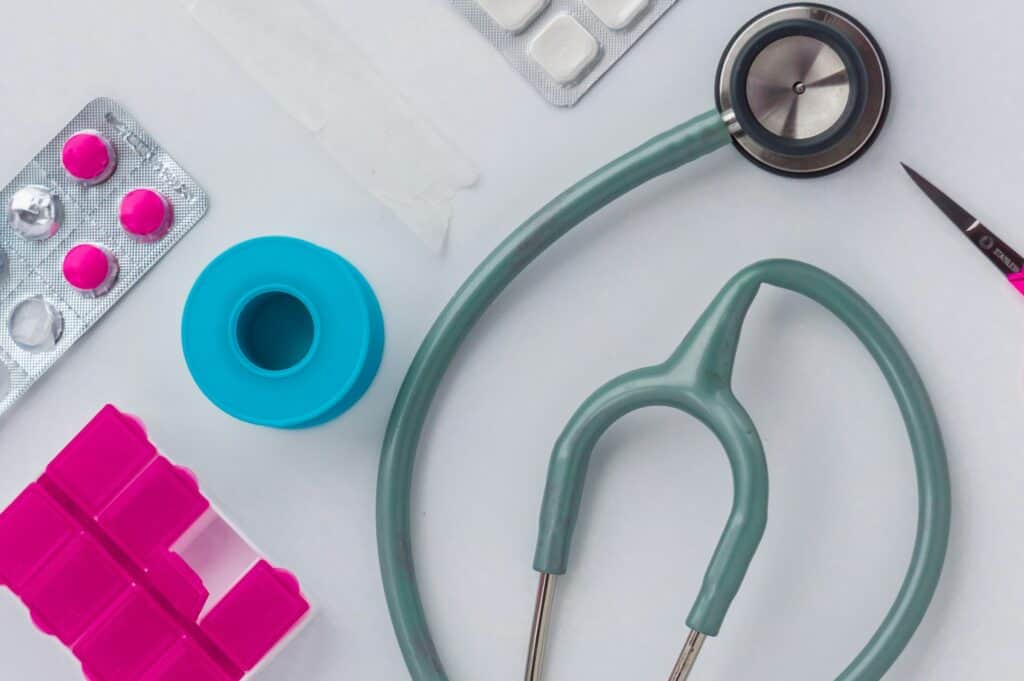


Increasing Access
For many, the cost of acquiring antimicrobial medical devices is too steep. Despite evidence for cost-savings when the frequency of healthcare-associated infections and intervention is reduced, the reality is that products themselves must cost significantly less for them to be readily accessible to those in need. At Inhibit Coatings, we avoid the use of expensive antimicrobial agents and post-manufacturing treatments, instead modifying the raw materials of the device in a cheap and scalable process. This opens the gate to affordable antimicrobial medical devices, giving added value for a fraction of the price.
Disclaimer: Please note that not all antimicrobial efficacy claims can be made in all regions. Regulatory requirements and standards may vary by location, and it is the responsibility of the user to ensure compliance with local regulations regarding antimicrobial efficacy claims.
Let's Get In Touch
Contact our team of specialists to find the right solution for your application. We would love to hear from you
